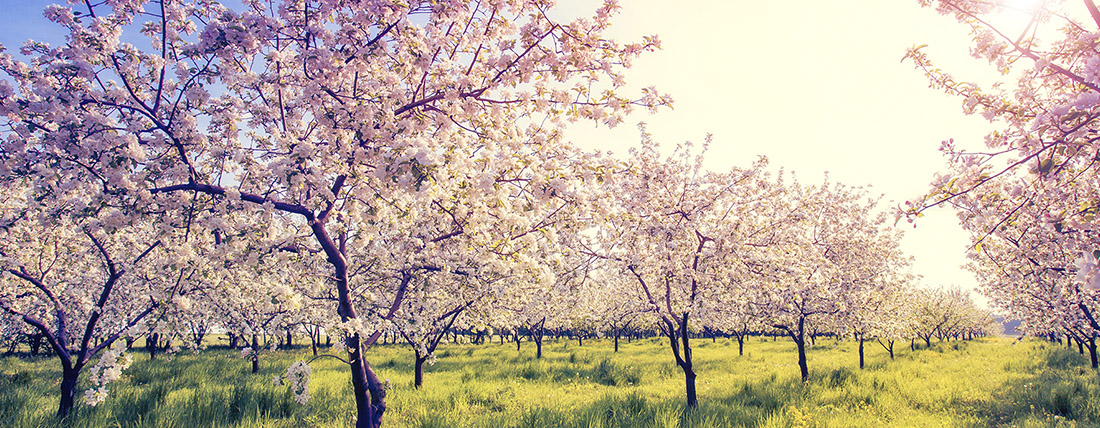When it comes to sprucing up a garden, plum trees are often overlooked. However, they can add an extra touch of beauty and sweetness to any outdoor space.
Plum trees are renowned for their fragrant blossoms that fill the air with a sweet aroma in springtime as well as their colorful leaves which bring warmth and vibrancy during the cooler months of autumn.
Additionally, one of the great joys of having these beautiful trees is that you can also enjoy fresh plums from them throughout summer! With its various benefits, adding a plum tree to your garden is sure to make it even more delightful!
1. How to Care for and Maintain a Healthy Plum Tree
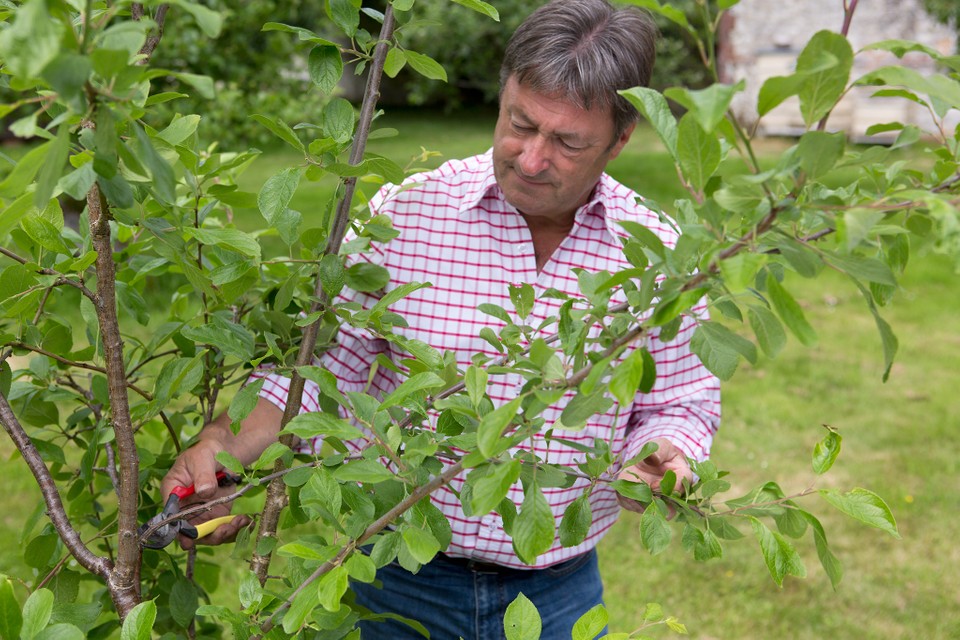
2. How to Care for and Maintain a Healthy Plum Tree Plum trees add beauty, shade, and delicious fruit to your garden. To ensure that your tree is healthy and strong, it’s important to provide the right care throughout its life cycle. Here are some tips on how you can keep your plum tree in top condition:
- Planting: When planting a new plum tree, choose a location that gets plenty of sunlight (at least 6-8 hours) but also has protection from strong winds. Make sure the soil is well drained before adding mulch or compost around the base of the tree for added nutrition as it grows.
- Watering: During periods of hot weather or dry spells, make sure to water your plum tree regularly so that its roots have access to moisture – aim for at least one inch per week during these times! If you live in an area with frequent rainfall then this should be sufficient without any additional watering from you.
- Pruning: Pruning helps promote healthy growth by removing dead branches or overcrowded limbs which may be blocking light into other parts of the canopy as well as thinning out dense foliage so air can circulate better through them all year round.If you are wondering when to prune plum trees, the best time for doing it is spring for young trees and mid-summer for established ones. Be careful not to prune too much as this could damage young shoots or leave gaps where pests could enter easily into unprotected areas of bark tissue – if unsure ask an expert who specializes in gardening/tree management advice first before taking action yourself!
- Fertilizing: Fertilize lightly every spring with a balanced fertilizer like 10-10-10 mix applied at half strength around the drip line (where rainwater falls off the outer edge of the canopy). This will help replenish essential nutrients lost through winter months when plants are dormant and encourage lush summer blooms come May/June time frame! Don’t overdo it though – too much fertilizer can cause more harm than good by burning sensitive root systems so use sparingly!
2. The Benefits of Planting Plum Trees in Your Garden
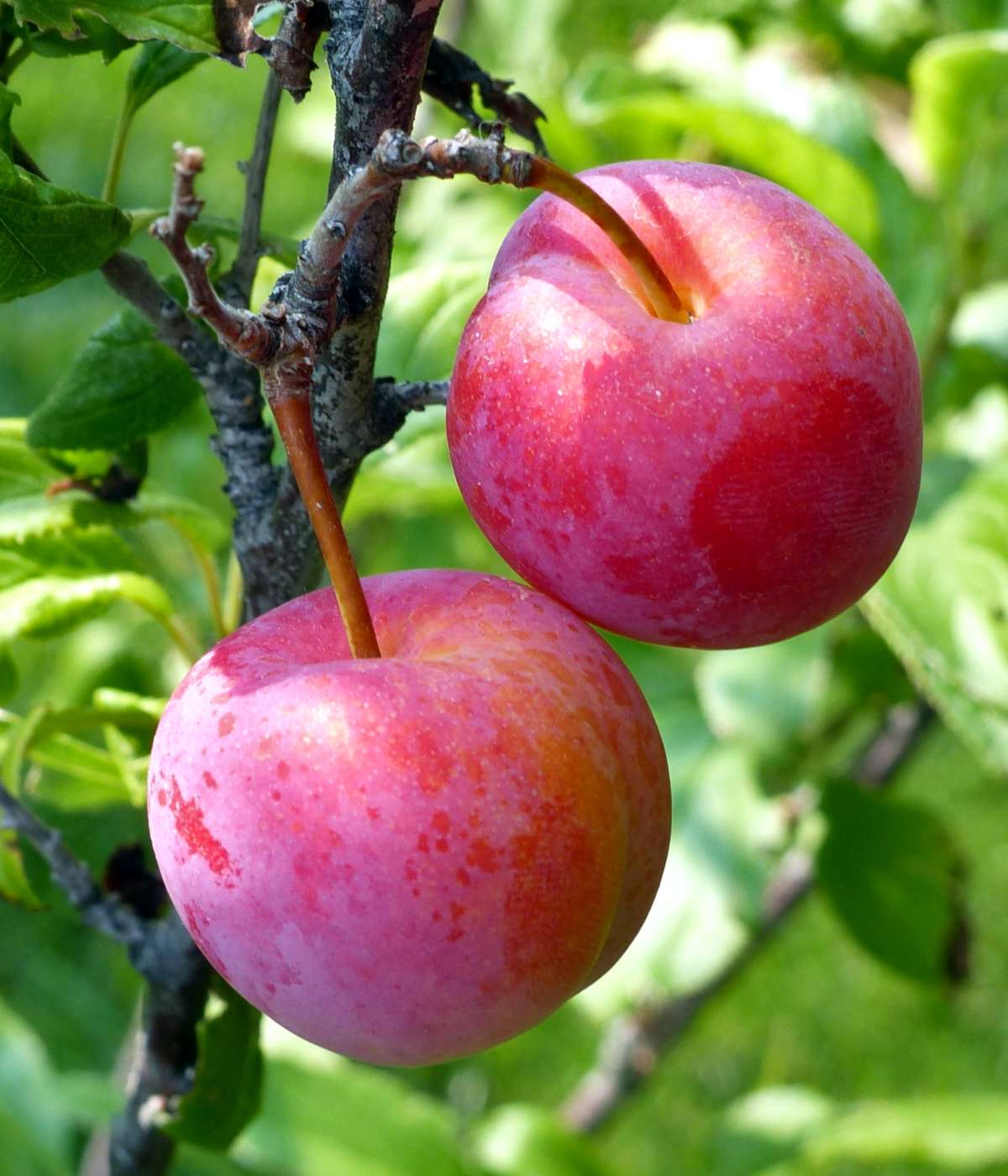
Planting plum trees in your garden is a great way to add color, texture, and sweetness to the area. Not only are these trees incredibly beautiful but they also provide many practical benefits that can enhance your outdoor space.
One of the most obvious advantages to planting plums is their fruit production; with careful pruning and tending you can enjoy sweet, juicy fruits every summer. Plums have several varieties ranging from large yellow or red fruits to small purple ones, so there’s sure to be something suitable for everyone’s taste.
Plus, their long harvesting season means that you will be able to enjoy them for months on end! Another benefit of having plum trees in your garden is that they require little maintenance compared to other types of fruit-bearing plants such as apples or pears.
As they are self-pollinating it’s easy enough just let nature do its job without needing fertilizers or pest control solutions – perfect if you want an easy life when gardening! Additionally, thanks to their deep roots these hardy trees offer excellent drought tolerance which makes them well-suited for more temperate climates where water shortages can occur during certain times of the year.
In addition to all these practical benefits, plum trees make wonderful additions aesthetically too – their attractive foliage turns into shades of oranges and yellows in autumn whilst providing much-needed shade from the sun during warmer months throughout spring and summer.
From welcoming wildlife like bees into your backyard through food sources provided by flowers –and later on by fruits –to make an eye-catching statement in an otherwise dull landscape; there’s no denying that adding a few plum trees into your garden could bring about some truly remarkable changes!
3. Enjoy the Sweetest Shade – Planting a Plum Tree in Your Yard!
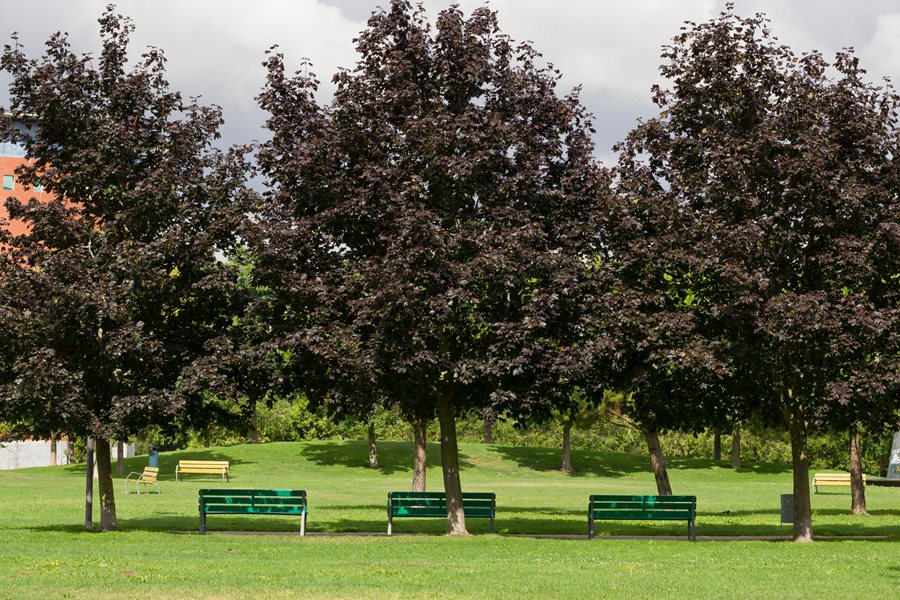
Adding a plum tree to your garden can provide the sweetest shade, plus a beautiful display of color. Plum trees are easy to grow and require little maintenance once planted. They produce large amounts of fruit that you can enjoy or share with friends and family.
The fragrant blooms in the spring will also attract birds and butterflies to your backyard! Plus, these trees create great privacy and add an extra layer of beauty to your outdoor space.
With many varieties available, you’ll be sure to find one that fits perfectly in your yard – from small ornamental plums for tighter spaces; larger semi-dwarf plums for bigger yards; or even dwarf plums if you’re looking for something low maintenance. Planting a plum tree is a great way to bring life into any garden while providing delicious fruit!
Conclusion
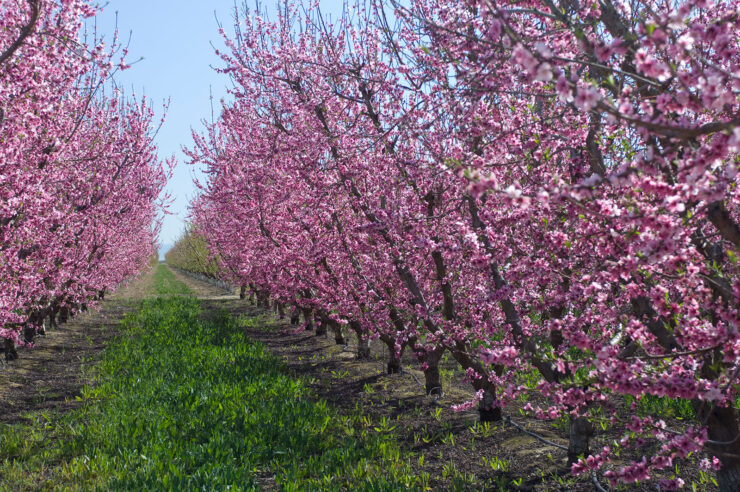
This article concludes that plum trees can be a fantastic addition to any garden. Not only do they provide delicious fruits and beautiful blossoms, but their hardy nature makes them ideal for different climates and soil types.
With careful maintenance and pruning, plum trees can thrive in any environment. In short, the sweetest shade comes from a well-tended plum tree in your garden!

